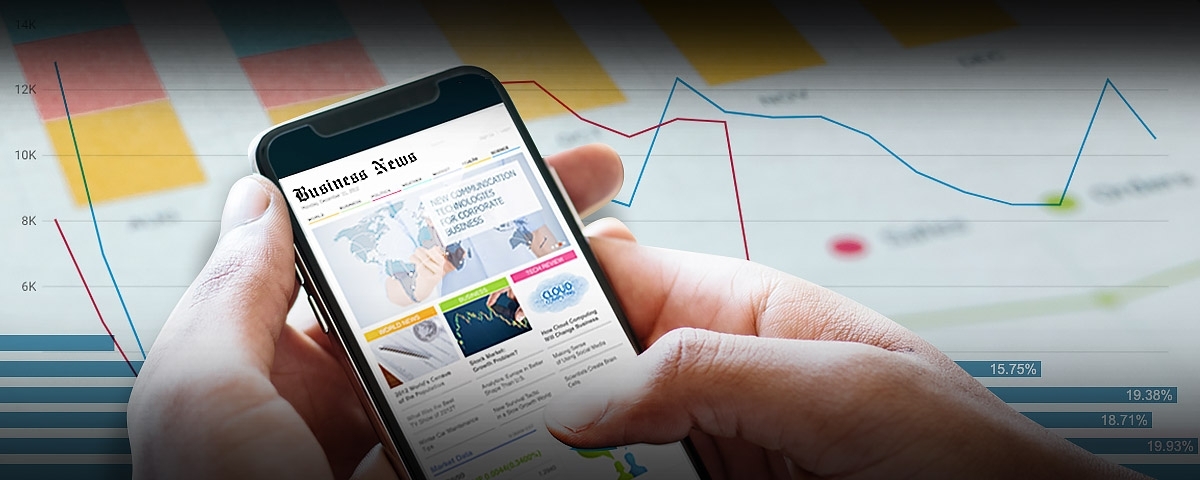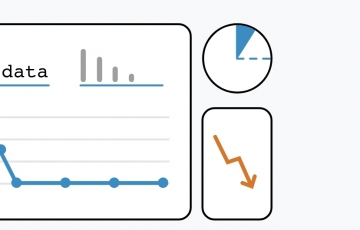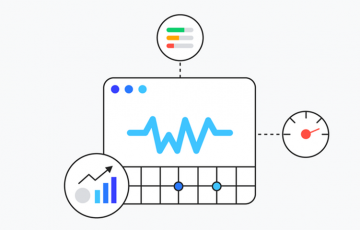Analytics dashboards for digital newspapers
Know the metrics of your content and monetize the most profitable ones

Information is power
Hi! How are you? ?
Today I want to talk about the importance of having detailed information and metrics of the performance of your content, authors, tags, categories and the most significant metrics: page views, reading depth, average dwell time, bounce rate, recirculation, social activity... as key factors to decide to close a part of the content and the possibility of monetizing it with a paywall.
Today's digital newspaper newsrooms process large volumes of information that must be constantly interpreted and consequently editorial managers have to make decisions in real time to get the most out of the latest content published. The analysis and control of metrics allows to detect what type of content is the most attractive. Therefore, knowing the origin of the traffic, devices, locations, pages with more traffic, retention, recirculation... and trying to increase them constantly will help you to improve the qualitative metrics of Google, which will imply more and better traffic and will bring your project more income thanks to programmatic advertising added to the loyalty of users.
To control and analyze all this data you have a world of analytical tools, but the most complete and most standardized use is Google Analytics with its immense range of data and information. You also have other tools that you can use and customize asGoogle Tag Manager that allow you to know the interactions that each user carries out at all times within your digital newspaper.
All this leads me to conclude that the knowledge of users and the data provided by analytics play an essential role in digital media, both for journalistic, commercial, SEO, social networks, as well as for the management of an editorial project and a sustainable business model.
Real time data
In the media, knowing what is happening at all times is a key factor to be able to optimally adjust the editorial proposal added to its economic performance, optimizing internal resources to generate those most informatively powerful content and perhaps, some less but that add volume traffic and therefore profitability. The balance is complicated, and even more so if the reputation of the digital medium is put at risk by the mere fact of generating content that is not serious from a journalistic point of view, looking only for traffic and economic performance.
The most significant data provided by Google Analytics to monitor your project in real time are: unique users, new and recurring visits, page views and the time spent by users on your website. The bounce rate is a metric that you should always keep at the lowest possible levels because it has a negative effect on the quantitative metrics as it indicates that the user arrives at your project, is not interested in the content and "bounces" leaving to another medium. In addition, it should be taken into account that users who only make one interaction in your digital newspaper, implies that the duration of their visit will be 0 in Google Analytics.
There are ways to improve the metrics of your digital medium, but each project is different and has to be managed correctly. Some formulas that improve these metrics are: optimizing the recirculation blocks between content, rankings, related news, quality links and rationalizing the amount of advertising ... but the most important of all is to generate quality content.
With the contrast of analytical data it is easy to identify which are the channels that generate the best metrics. Normally the traffic from the SEO channel provides better metrics than the rest of the channels. Optimizing and working on SEO is an excellent way to increase the traffic of your medium and consequently improve the metrics.
If we go to the other extreme and for example we analyze the AMP version of the pages, we will see that it is one of the channels with the worst metrics but with the highest volume of traffic. If actions are taken to improve the recirculation and permanence of users in the AMP version of the content, the figures will surely improve.
Objective versus subjective improvements
Many times you want to make improvements in an editorial project and changes are proposed by mere personal intuition. Sometimes they work and are rewarded, but it would not be the most appropriate way to do it.
The correct methodology would be to implement analytics tags in the project to obtain concrete metrics of the areas that are potentially improvable. Once the data on the behavior of the users has been obtained and processed thanks to the "tagging", it is possible to begin to propose specific technical solutions for each point that is considered improvable according to the information collected in the analytical data. Once the technical improvements have been implemented, a follow-up must be carried out to verify and confirm that they generate an improvement for the project and in what percentage.
If we go a little further (not much ...)? There are A/B tests. They consist of making a specific improvement and comparing it with the existing one, sending half the traffic to each of the options. The data obtained between option A and option B are compared and it is decided which one works better.
If you need to know the performance of your content and the authors who generate it, do not hesitate to contact BAB and we will explain to you how are the new analytical panels that we have implemented in Comitium our own content manager specialized in digital newspapers. If you want to analyze different points of your editorial project and are looking for options to improve them, let's talk about it.
If you want to suggest a topic that adds value to the day to day of your editorial project you can do it here and if you want to subscribe to our newsletter, just leave a name and an email in the field below and you will receive the news of our blog before anyone else.
See you soon!
And to finish, did you know that ...
How the new 5G technology, the fifth generation of broadband, will become a new way of understanding communication between readers and media with new formats and innovative proposals. We'll talk about all of this...






